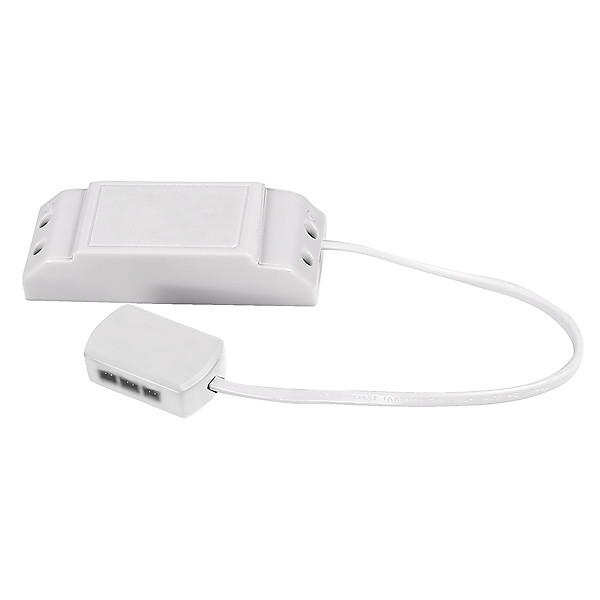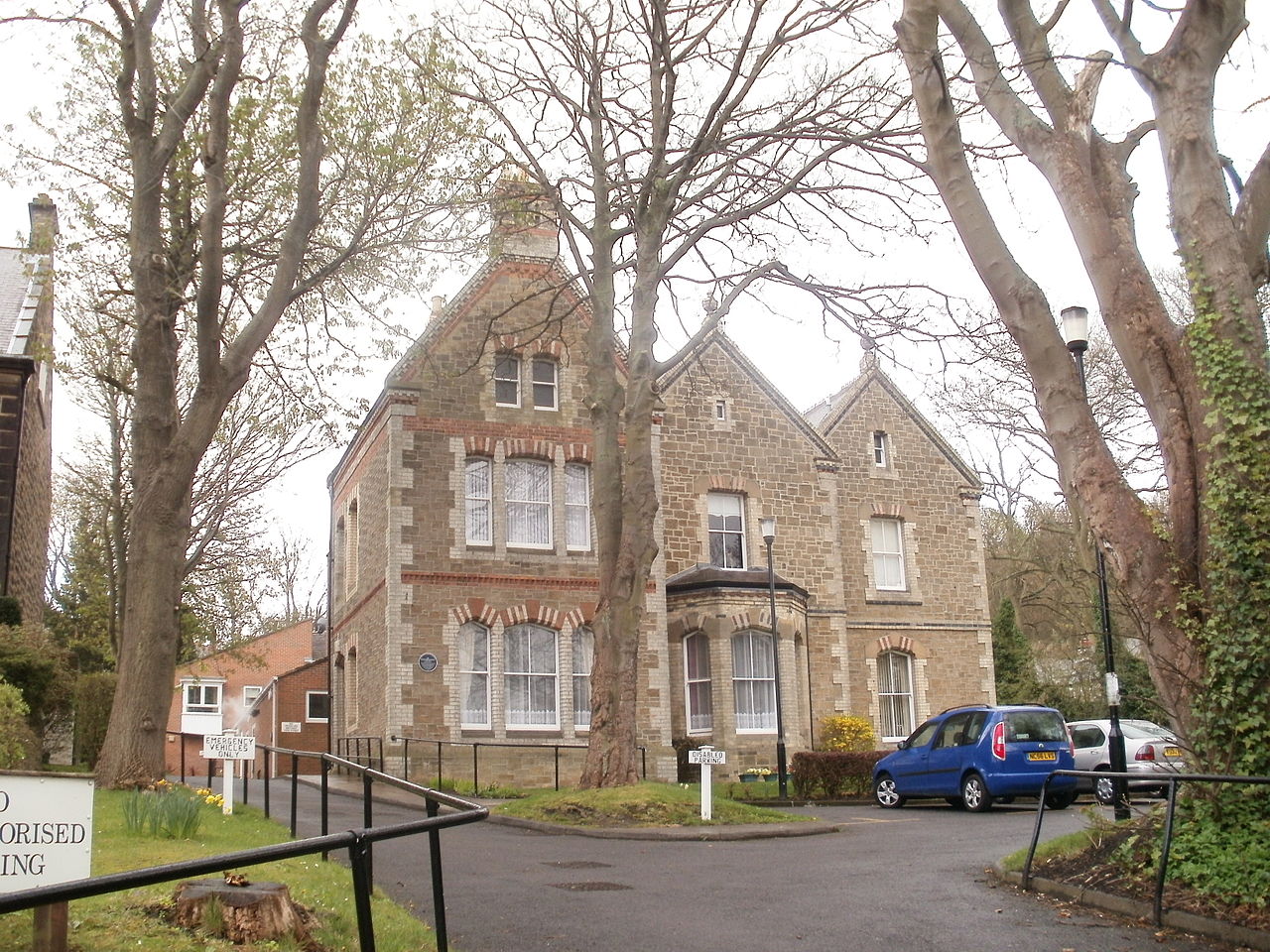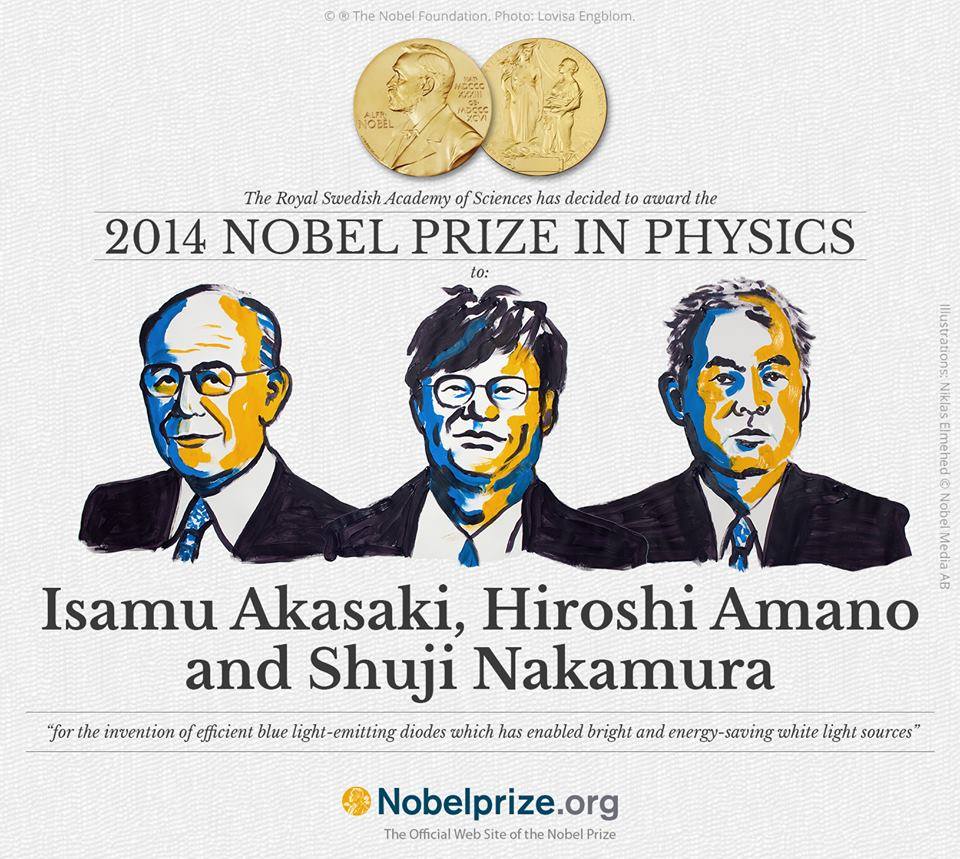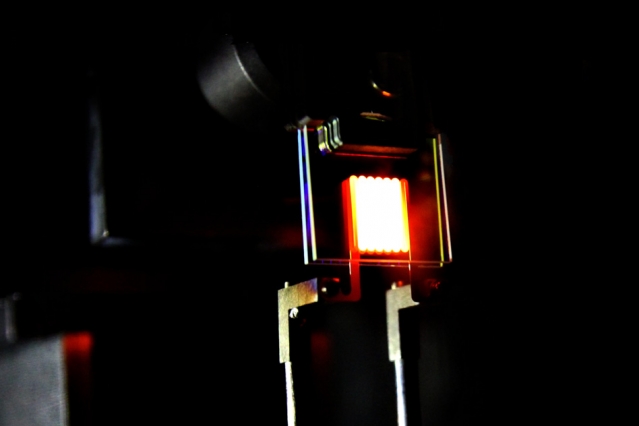This weblog post is inspired by Friday’s shopping trip to Jula and Clas Ohlson, two Swedish equivalents of a hardware chain store, in Steinkjer, about 30 km north-east of Cliff Cottage, Vangshylla. On this shopping trip, I ended up buying a number of LED lighting components, not for any specific purpose but for playful learning. There was one impulse purchase, five meters of string lights with sparkly effect!

Lighting the stairway
According to my timeline, sometime in 2020, the house will be have a new main stairway. I intend to make it myself, using solid oak. It is difficult to buy hardwood, especially in rural Trøndelag. My solution will be to buy solid oak kitchen counter material which comes 26 (H) x 600 (D) x 2 400 (L) mm ( or about 1″ x 24″ x 96″) , and to cut it into suitable pieces, four treads to a countertop. Materials will cost me about NOK 4 000 (USD 500). Getting someone to make a stairway would cost at least five times that price. Here is a link to what I am thinking about. Biltema can be translated as “car theme”, and is the same in Swedish and Norwegian. It is yet another Swedish chain, even more dominated by male customers, than the two chains previously mentioned.
Before, I start building a new stairway, I want to experiment with lighting. Yes, there will be lighting from above, but I am particularly interesting in lighting each tread, so that old people can distinguish the nosing, and avoid falling. On the two bottom-most treads, I intend to drill holes and fit 4mm (Christmas) lights into them, at about 50 mm intervals. On the next two treads (three and four from the bottom), I intend to fit 100 lm spotlights, one on each side of each tread. If I come across new ideas, I will try them out as well, trying to put the most controversial closest to the bottom.
A Work in Progress
I have no intentions of living in a “finished” house. While the timeline for major improvements stretches over four years from 2018-01-01 to 2021-12-31, the intention is to allow continuous improvement, and to have the house serve as a laboratory in three areas: 1) smart house (computer control using sensors, actuators and communications components), 2) energy reduction with an emphasis on solar thermal energy, 3) assistive technology, including adaptive and rehabilitative devices for the elderly, as well as the general population.
Lighting – The Theory
A lumen (symbol lm) is a measure of the total amount of light visible light emitted by a source in any particular direction.
Lux is a measure of illuminance, how much light there is on a given surface area. One Lux (lx) equals one lumen per square meter.
| Activity | Lux |
| Direct sunlight | 32 000 – 100 000 |
| Daylight | 10 000 – 25 000 |
| Full moon | 1 |
| Kitchen/ workshop ambient | 100 |
| Kitchen/ workshop task | 500 |
| Dining/ living area ambient | 50 |
| Reading/writing | 400 |
| General task | 300 |
| Bathroom ambient | 50 |
| Bathroom task | 300 |
| Laundry | 300 |
| Sewing | 500 |
| Garage/ carport | 100 |
| Detailed task | 1 000 |
Lighting Requirements
Here is a list of lighting requirements in lux for various household activiites. The list has been compiled without recording sources. There is considerable variation in what people need, and standard values will not suit everyone.
Ambient Room Lighting
1. What type of room is it? In this example, it will be assumed that the room is a kitchen.
2. Ambient lighting for a kitchen requires 100 lx.
3. What is the size of the room? For illustrative purposes, assume it is 4 000 x 3 000 mm (4 by 3 meters). This gives an area of 12 square meters.
4. To find the number of lumens, multiply the lux requirement from step 2 by the area from step 3: 100 lx/m² x 12 m² = 1 200 lm.
Clas Ohlson has a 450 mm diameter ceiling light that provides 1 500 lm that would be suitable:
Dot, a dimable 450 mm ceiling light to provide sufficient ambient lighting in a kitchen.
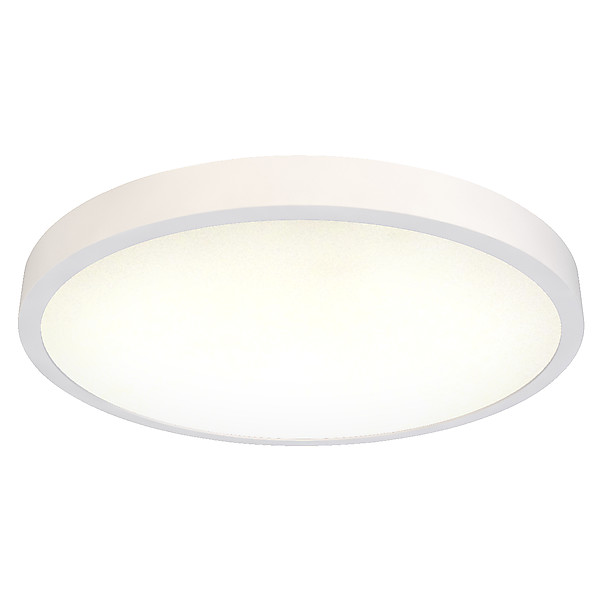
| Model | 36-7503-2 |
| Energy class | A |
| Bulb type | LED |
| Power | 24 W |
| IP class | IP54 |
| Dimable | Yes |
| Lumens | 1500 lm |
| Colour temperature | 2700 K |
| Colour rendering index (Ra) | 80 |
| Lighting time | 1.5 s |
| Temperature range | – 20 to +40 °C |
| Number of lighting cycles | 15 000 |
| Lifetime | 30 000 h |
| Replacable light source | No |
Task Lighting
1. Where is the task lighting? In this example, the focus will be on a kitchen counter top – the same one that the stairs were made out of, but this time used more conventionally.
2. Task lighting for a kitchen requires 500 lx.
3. What is the area where the task is taking place? The countertop measures 600 mm x 2 400 mm = 1.44 m², this could be rounded up to 1.5 m².
4. To find the number of lumens, multiply the lux requirement from step 2 by the area from step 3: 500 lx/m² x 1.5 m² = 750 lm.
I had hoped to find something equivalent at Jula, but found this set of downlights at Clas Ohlson: https://www.clasohlson.com/no/LED%20downlights/Pr365874000
As the specifications indicate, 4 downlights would be required to meet the task lighting needs of the countertop work area.
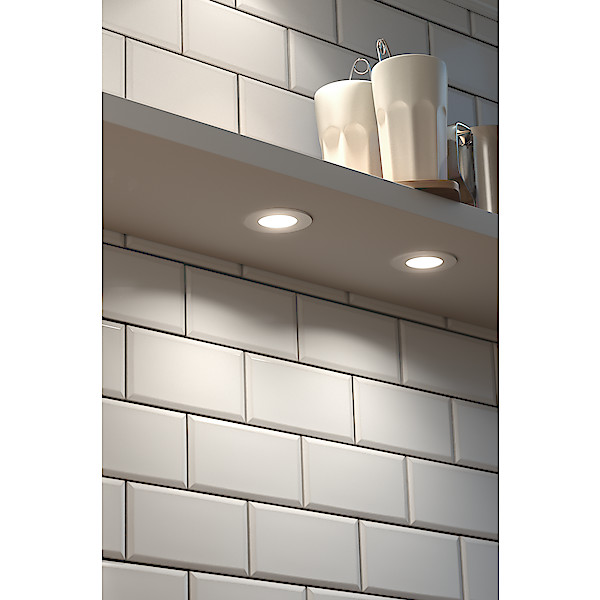
| Model | 36-5874 |
| Energy class | A+ |
| Bulb type | LED |
| Power | 3.3 W |
| IP class | IP20 |
| Dimable | No |
| Lumens | 190 lm |
| Colour temperature | 3 000 K |
| Colour rendering index (Ra) | 80 |
| Lighting time | 0.5 s |
| Temperature range | – 20 to +40 °C |
| Number of lighting cycles | 100 000 |
| Lifetime | unspecified |
| Replacable light source | No |
| Diameter: hole/ lamp | 60/ 65 mm |
| Depth | 15 mm |
